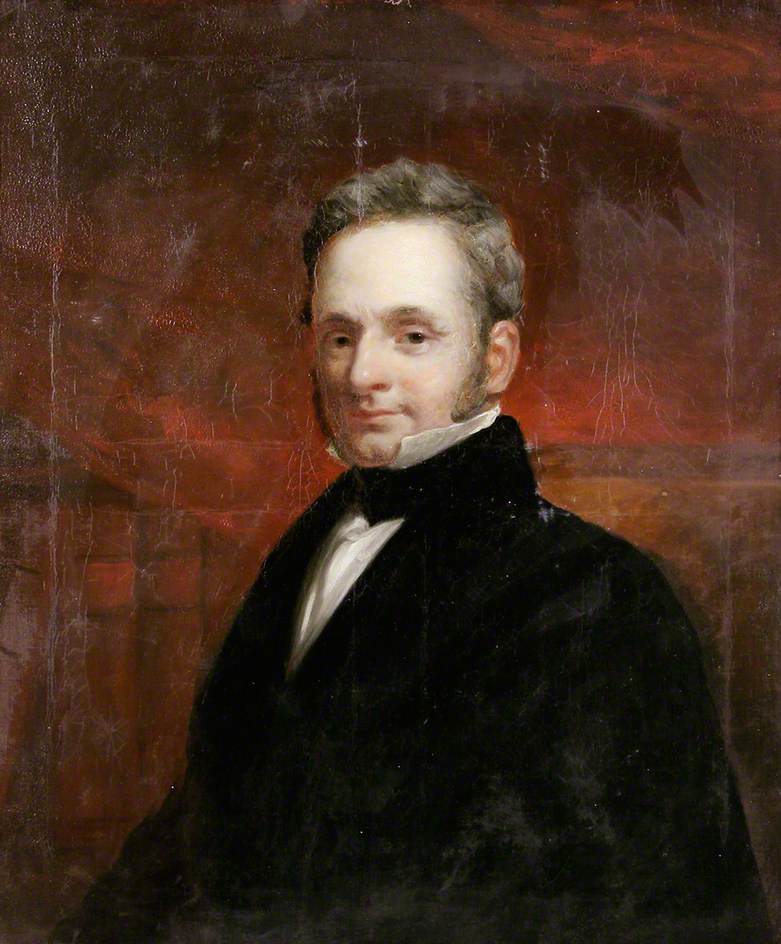Norfolk and Norwich Hospital
An early "stone" hospital
 The Norfolk and Norwich Hospital was founded in 1771. At that time, Norwich had the highest incidence of bladder stone in the country. Thus, the hospital became a centre of excellence for lithotomy and for the treatment of bladder stone. The hospital attracted both skilled surgeons (such as John Greene Crosse, pictured right) and physicians with an interest in the medical management of stones.
The Norfolk and Norwich Hospital was founded in 1771. At that time, Norwich had the highest incidence of bladder stone in the country. Thus, the hospital became a centre of excellence for lithotomy and for the treatment of bladder stone. The hospital attracted both skilled surgeons (such as John Greene Crosse, pictured right) and physicians with an interest in the medical management of stones.
The other reason that the Norfolk and Norwich Hospital acquired such a famous reputation for stone work was its superb register of stone patients. This was not just a record of the patients treated, but also all stones removed were preserved in its collection.
This amazing record and collection led the leading stone experts of the day to praise the Norfolk and Norwich. In 1817 Alexander Marcet described it as “a model of regularity and good management” whilst Jean Civiale, inventor of lithotripsy, described it in 1838 as “la belle et riche collection de Norwich” but Sir Henry Thompson wrote of it in 1863 as:
.. the most perfect and complete record, literally graven in stone, that the world possesses of calculous experience
During the nineteenth century, as well, Norwich maintained its reputation as a leading stone centre until, at the beginning of the twentieth century, in about 1909, the Norfolk epidemic of bladder stone came to an end.
The city-centre hospital (entrance pictured above) finally closed in 2003 and moved to a new site on Norwich Research Park.
Hospital website
Norwich Research Park
← Back to Hospitals and Institutions Room